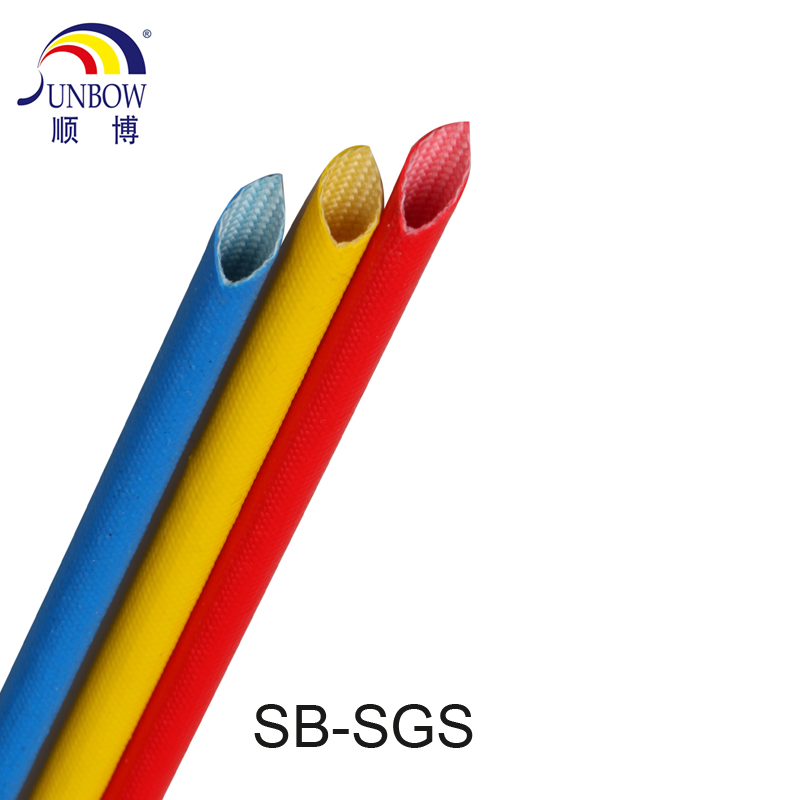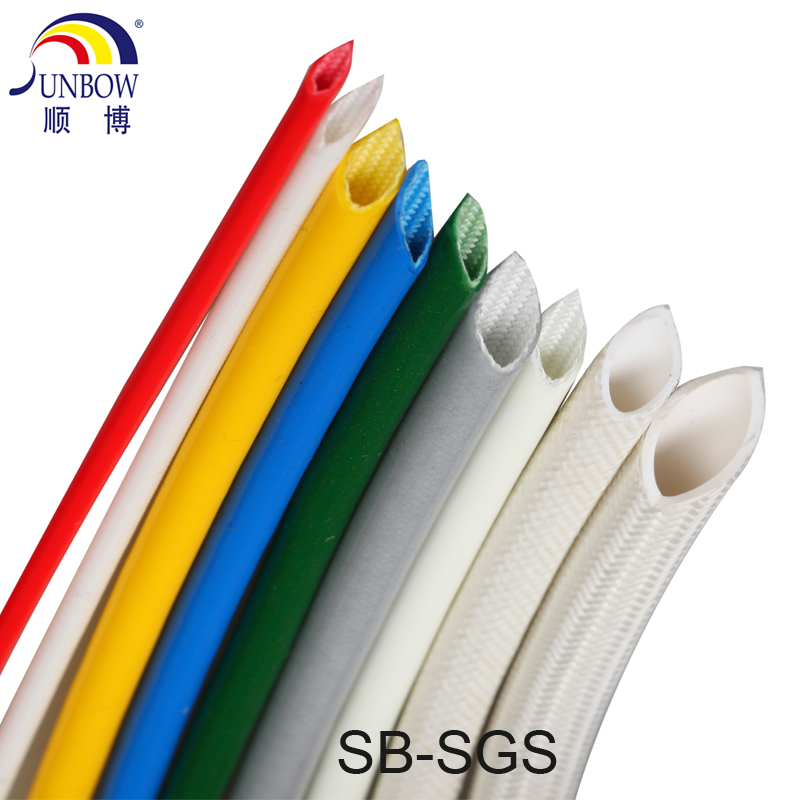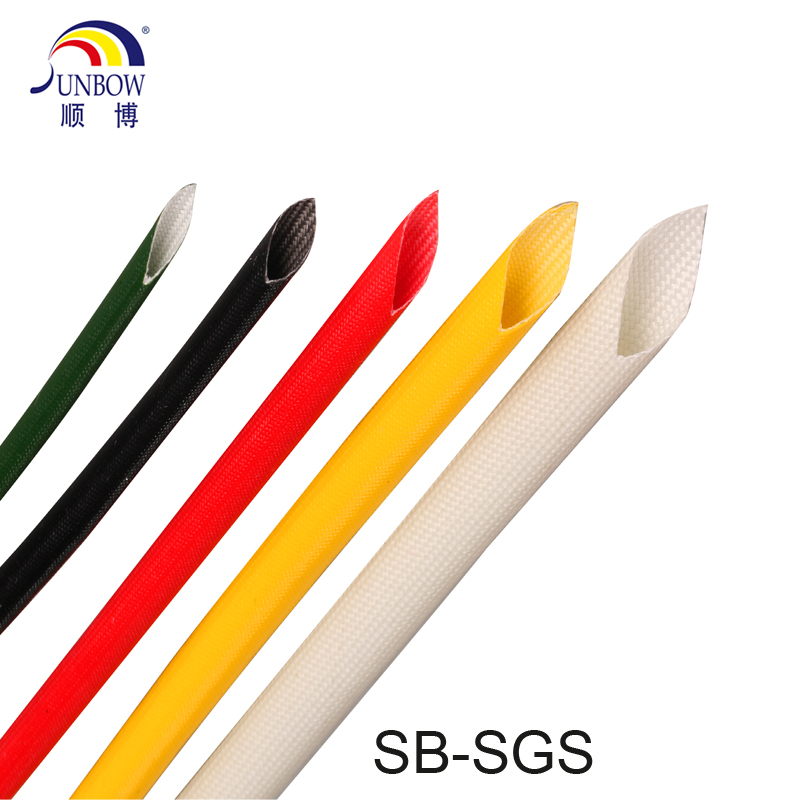
Fiberglass sleeving is a type of insulation material that is used to protect wires and cables from damage due to heat, abrasion, and other environmental factors. It is made from a combination of fiberglass and resin, which are woven together to create a strong and durable material. In this article, we will discuss the manufacturing process of fiberglass sleeving in detail.
Step 1: Raw Materials
The first step in the manufacturing process of fiberglass sleeving is to gather the raw materials. The two main components of fiberglass sleeving are fiberglass and resin. The fiberglass is typically made from a combination of silica sand, limestone, and soda ash, which are melted together at high temperatures to form glass. The glass is then spun into fibers using a process called centrifugal spinning.
The resin used in fiberglass sleeving is typically a thermosetting resin, which means that it hardens when exposed to heat. The most common types of resin used in fiberglass sleeving are epoxy, polyester, and silicone. The resin is typically supplied in liquid form and is mixed with a hardener to initiate the curing process.
Step 2: Weaving
Once the raw materials have been gathered, the next step is to weave the fiberglass into a sleeve. This is typically done using a machine called a braiding machine, which consists of a series of spindles that hold the fiberglass yarns. The spindles rotate around a central axis, weaving the yarns together to form a sleeve.
The braiding machine can be programmed to create different patterns and densities of fiberglass, depending on the desired properties of the finished product. For example, a tighter weave will provide better protection against abrasion, while a looser weave will provide better flexibility.
Step 3: Resin Impregnation
After the fiberglass sleeve has been woven, it is typically impregnated with resin to provide additional strength and durability. This is typically done using a process called dip coating, in which the sleeve is dipped into a bath of resin.
The amount of resin used can vary depending on the desired properties of the finished product. A thicker layer of resin will provide better protection against heat and chemicals, while a thinner layer will provide better flexibility.
Step 4: Curing
Once the fiberglass sleeve has been impregnated with resin, it is typically cured to harden the resin and create a strong and durable material. This is typically done using a process called heat curing, in which the sleeve is exposed to high temperatures for a specific period of time.
The temperature and duration of the curing process can vary depending on the type of resin used and the desired properties of the finished product. For example, epoxy resin typically requires a higher temperature and longer curing time than polyester resin.
Step 5: Cutting and Packaging
Once the fiberglass sleeve has been cured, it is typically cut to the desired length and packaged for shipping. The sleeve may be cut using a variety of cutting tools, including scissors, knives, or specialized cutting machines.
The packaging of the fiberglass sleeve can vary depending on the manufacturer and the intended use of the product. Some manufacturers may package the sleeve in bulk rolls, while others may package it in pre-cut lengths or custom sizes.
Conclusion
Fiberglass sleeving is a versatile and durable insulation material that is used to protect wires and cables from damage due to heat, abrasion, and other environmental factors. The manufacturing process of fiberglass sleeving involves weaving fiberglass yarns together, impregnating the sleeve with resin, and curing the resin to create a strong and durable material. The finished product can be cut to the desired length and packaged for shipping, making it easy to use in a variety of applications.






